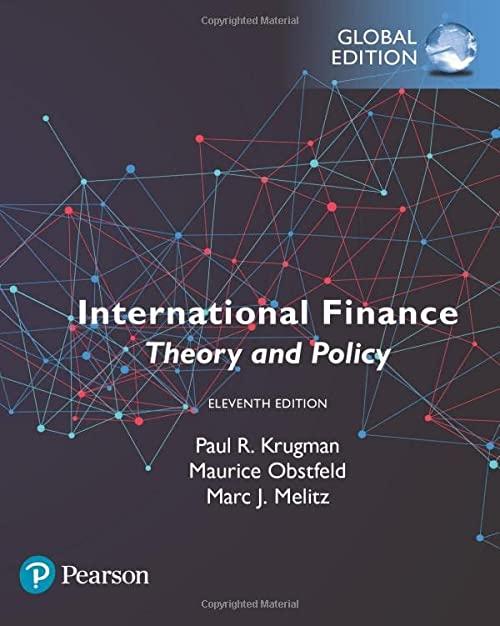Question
Introduction to Quantitative Methods II Many firms have adopted a drug testing program for employees. Employees found using illegal drugs may be suspended or dismissed.
Introduction to Quantitative Methods II
Many firms have adopted a drug testing program for employees. Employees found using illegal drugs may be suspended or dismissed. Unfortunately, all tests are subject to error.
Alabar Transportation uses two tests. Random urine testing is applied on a regular basis. If the urine test indicates the presence of an illegal substance, then a blood test is done. Only if the blood test is also positive is action taken.
Both tests occasionally indicate the presence of drugs when there are none. Sometimes they miss drugs. 4% of the time when the employee is using drugs, the urine test does not indicate the presence of any drugs. The blood test makes this error only 1% of the time. 2% of the time when an employee is not using drugs, the urine test indicates that he is. The blood test makes this mistake only 0.8% of the time.
While it may seem that they should use the blood test rather than the urine test, the urine test is quick and costs only $5, whereas the blood test must be sent to a lab, takes 3 days to get results, and costs $200.
We will assume that the urine and blood tests are independent of each other. That means, that the results of the urine test being positive does not affect the accuracy of the blood test. We assume that the accuracy of each test depends only upon whether the person is using drugs.
To explore the effectiveness of the companys testing strategy, we must make an assumption about the prevalence of drug usage. Let us assume that 6% of employees are using drugs.
- Construct a tree diagram to describe the sequence of events using drugs, urine test, blood test. Note that the blood test is only done if the urine test is positive. Each branch of the tree should be labeled with what event it represents as well as the probability of this event occurring.
- Calculate the probabilities of all final outcomes and summarize these in a table like the one below:
| Uses drugs | Not use drugs | Total | |
| Negative urine test | |||
| Positive urine and positive blood test | |||
| Positive urine test and negative blood test | |||
| Total |
- What is the probability of getting a positive urine test?
- What is the probability that the driver is NOT using drugs, if the urine test is positive?
- What is the probability that the driver is NOT using drugs if both the urine and blood tests are positive?
- The decision rule used by the company is to conclude the driver is using drugs if both tests are positive and conclude that the driver is not using drugs otherwise. Assuming that this rule is used 10,000 times, construct a confusion matrix that summarizes the decision and truth outcome frequencies. Simply multiply 10,000 times the appropriate probabilities from question
- What is the Accuracy Rate of this decision rule? Explain what you mean by Accuracy Rate in this situation.
- What is the Sensitivity Rate of this decision rule? Explain what you mean by Sensitivity Rate in this situation.
- What is the Specificity Rate of this decision rule? Explain what you mean by Specificity Rate in this situation.
- What is the False Omission Rate of this decision rule? Explain what you mean by False Omission Rate in this situation.
- What is the False Detection Rate of this decision rule? Explain what you mean by False Detection Rate in this situation.
- From the perspective of the firm and their efforts to manage the risk of drivers driving while under the influence of drugs, which of these rates would be most important? Explain. If you think more than one would be important, explain why each is important.
- From the perspective of drivers, which rate do you think they would be most concerned about? Explain.
Step by Step Solution
There are 3 Steps involved in it
Step: 1

Get Instant Access to Expert-Tailored Solutions
See step-by-step solutions with expert insights and AI powered tools for academic success
Step: 2

Step: 3

Ace Your Homework with AI
Get the answers you need in no time with our AI-driven, step-by-step assistance
Get Started


